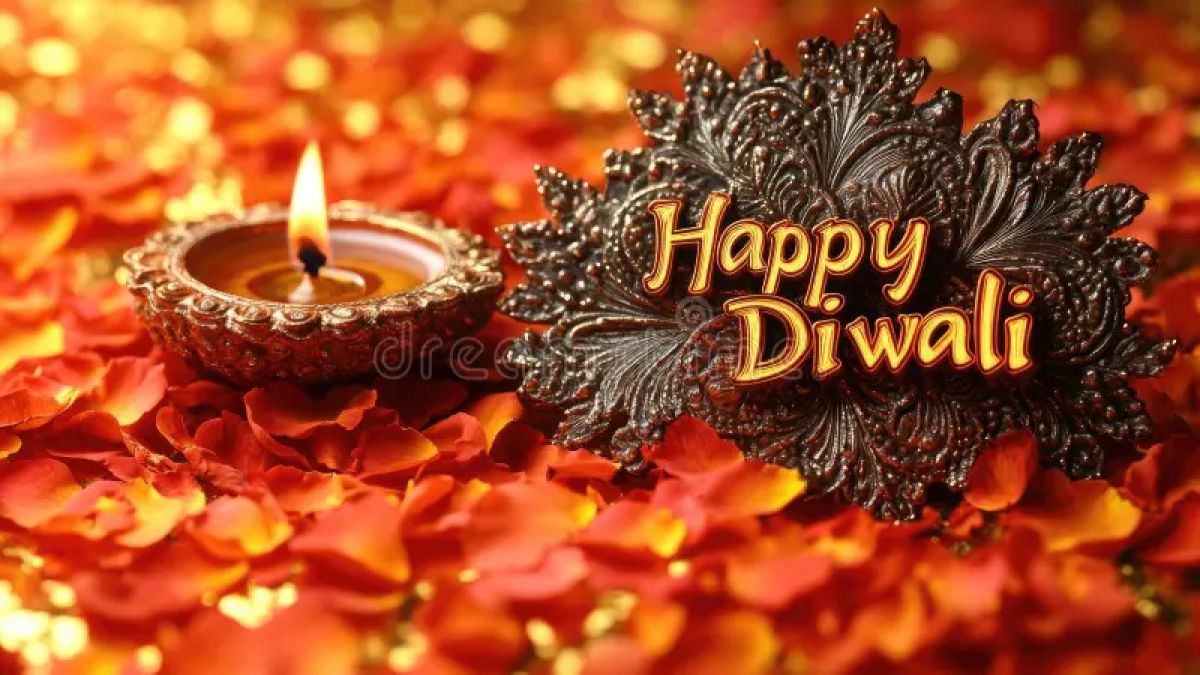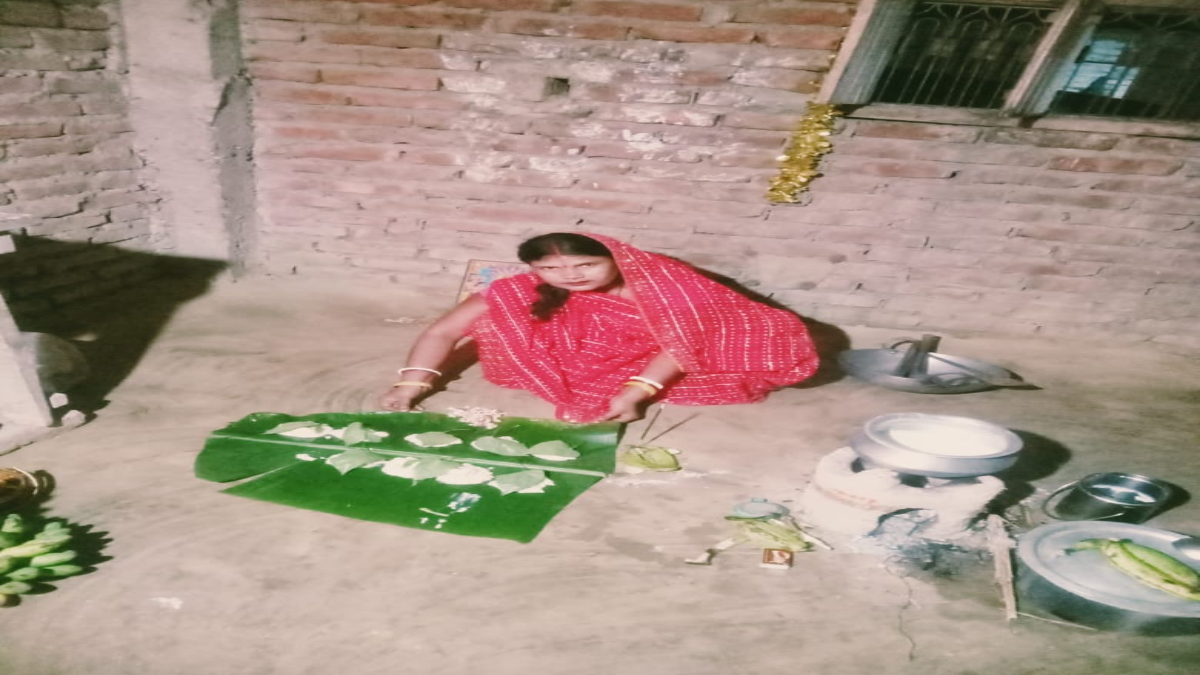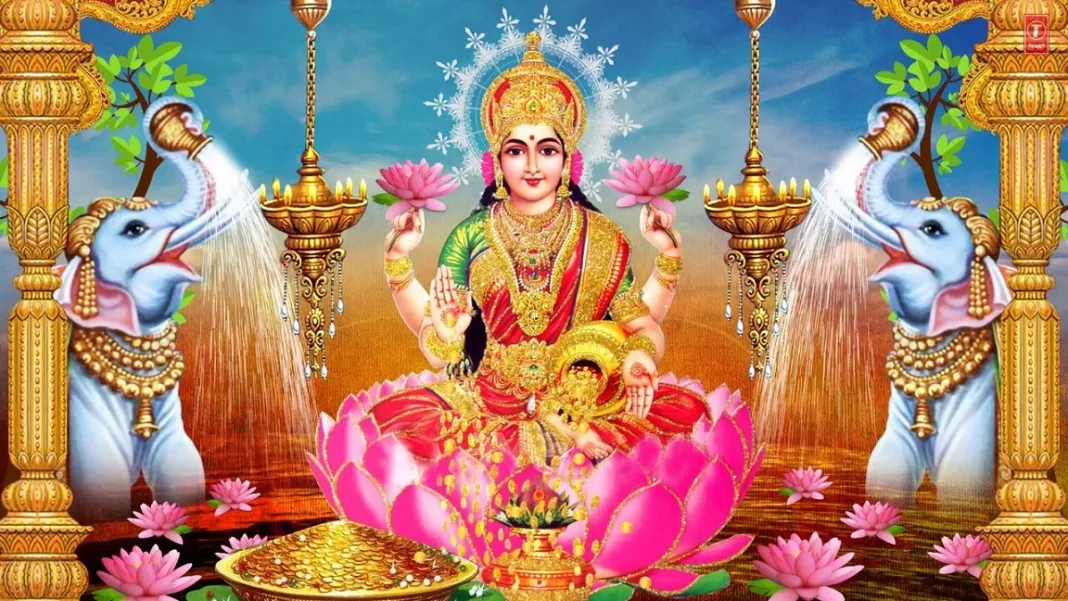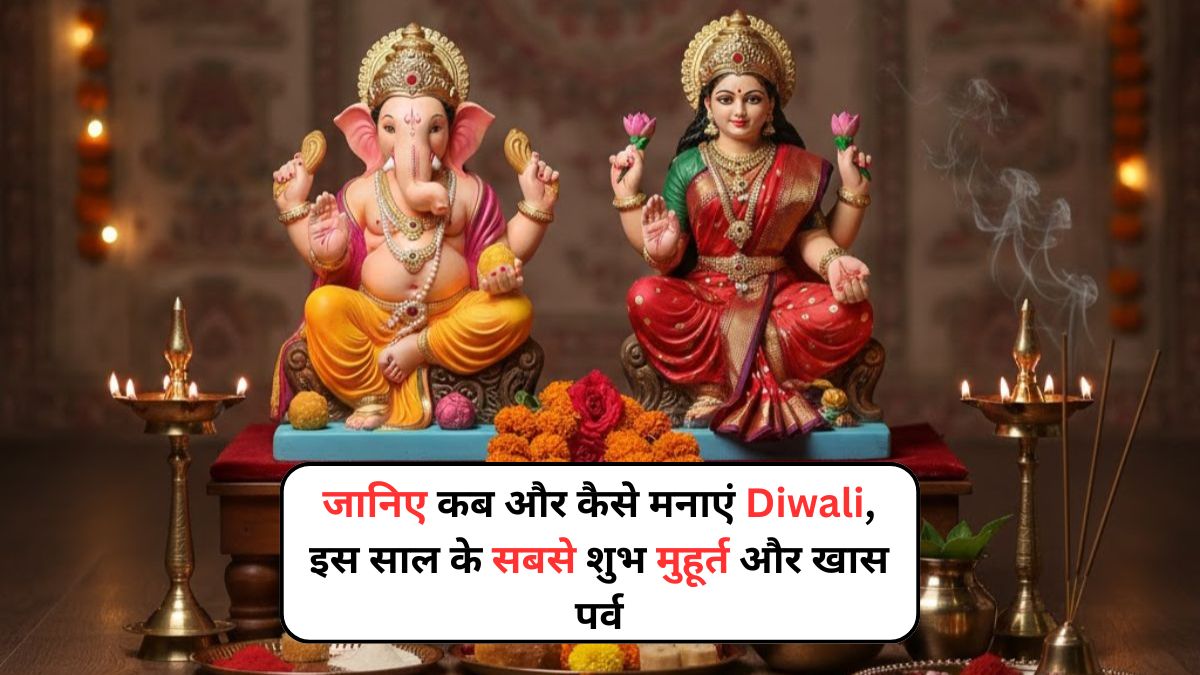Diwali, the Festival of Lights, is one of India’s most cherished and spiritually significant celebrations. This year, on October 20, 2025, the city of Ayodhya made global headlines by setting two new Guinness World Records — lighting over 2.6 million oil lamps (diyas) and organizing a mass aarti with 2,128 participants. These remarkable feats not only showcase India’s cultural richness but also highlight the deeper symbolism behind lighting diyas during Diwali.
Why Are Diyas Lit on Diwali?
Lighting diyas is an age-old tradition rooted in spirituality, symbolism, and cultural celebration. Here are the main reasons behind this practice:
1. Symbol of Light and Positivity
Diyas represent the victory of light over darkness, knowledge over ignorance, and good over evil. Their warm glow brings positive energy, hope, and prosperity into homes and communities during the festive season.
2. Welcoming Lord Rama to Ayodhya
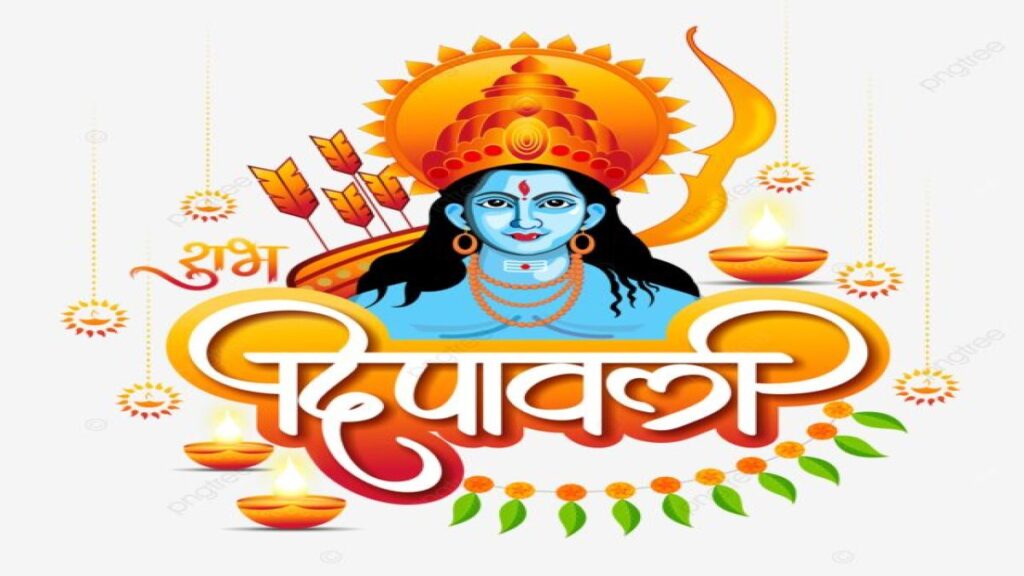
According to the Ramayana, Diwali marks the joyous return of Lord Rama to Ayodhya after 14 years of exile and the defeat of the demon king Ravana. The people of Ayodhya illuminated the city with lamps to celebrate his homecoming — a tradition that continues to this day.
3. Seeking Blessings from Deities
During Diwali, homes are adorned with lamps to invite the blessings of Goddess Lakshmi, the deity of wealth, and Lord Ganesha, the remover of obstacles. Diyas play a key role in Diwali puja rituals and symbolize the divine presence in the household.
4. Yam Deepak for Protection
On Dhanteras and Choti Diwali, a special lamp known as Yam Deepak is lit and placed facing the south direction. This ritual is believed to ward off untimely death and protect the family from negative energies, as an offering to Lord Yama, the god of death.
Environmental Concerns and Modern Alternatives
While the tradition of lighting diyas remains strong, modern lifestyles and urban concerns have introduced alternatives like LED lights. Additionally, growing awareness of air pollution caused by firecrackers has led to more eco-friendly celebrations. However, oil lamps still hold spiritual significance and are seen as a meaningful, sustainable option compared to fireworks.
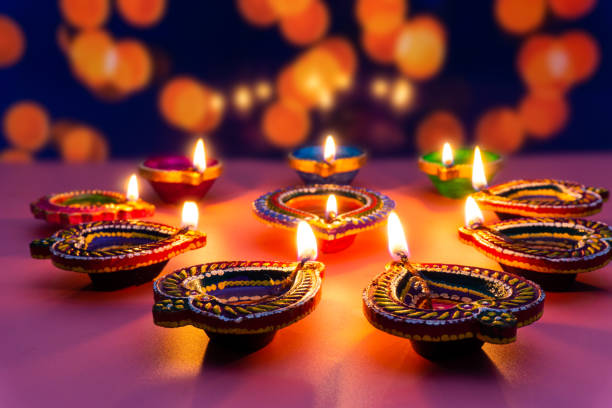
Conclusion:
Ayodhya’s grand celebration with over 2.6 million diyas is not just a record-breaking event — it’s a reminder of the cultural, spiritual, and communal power of light. As Diwali continues to evolve with time, the tradition of lighting diyas remains a glowing symbol of India’s heritage and hope.
